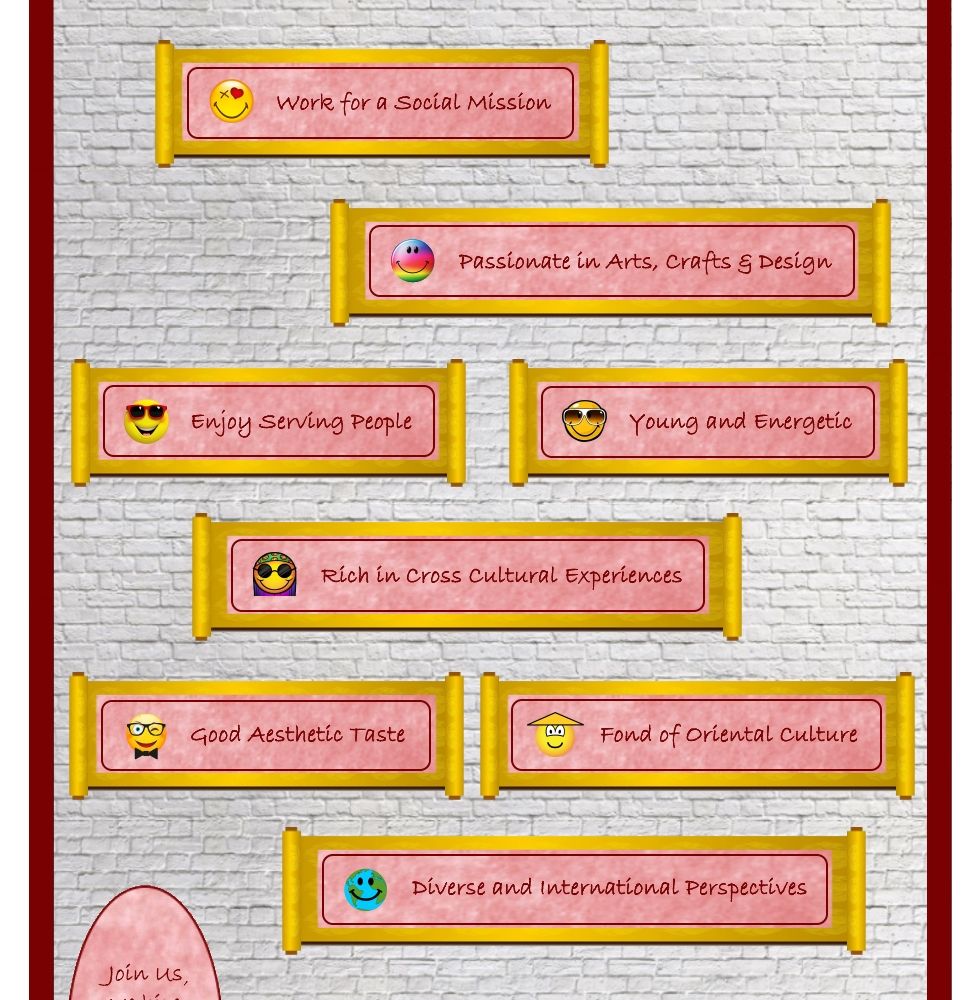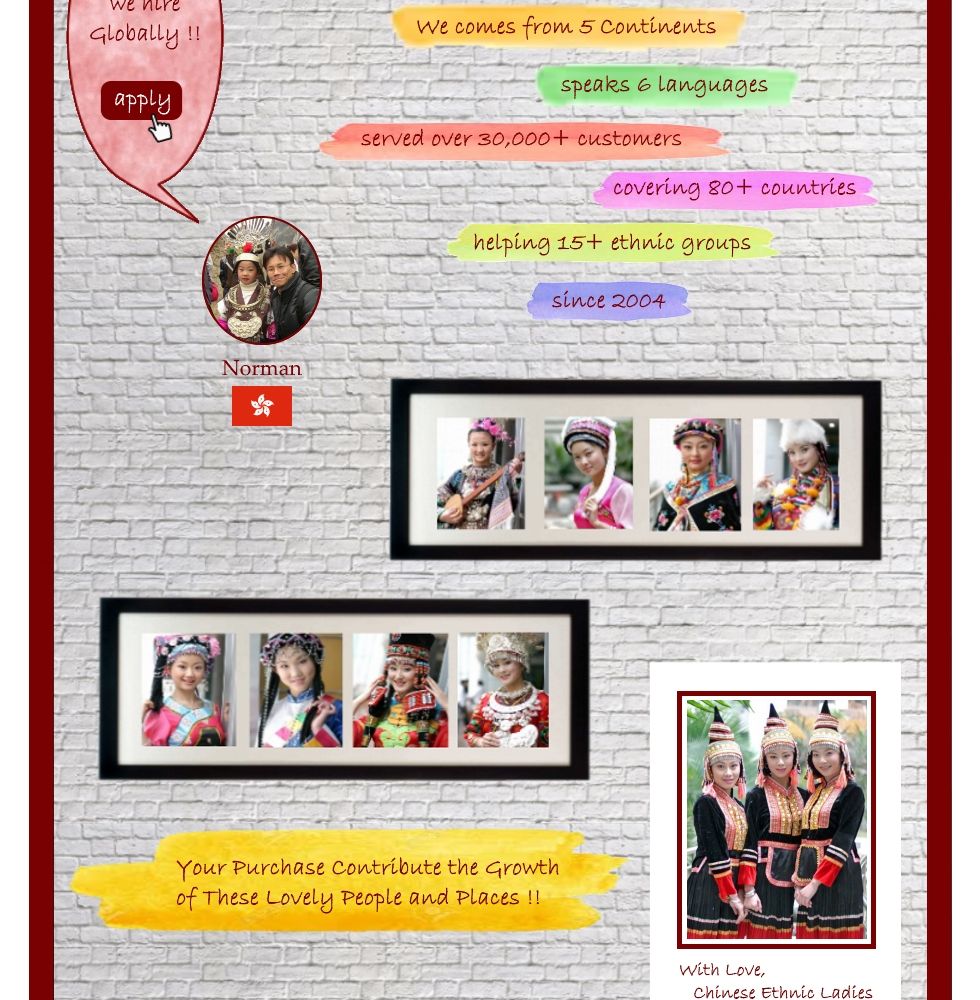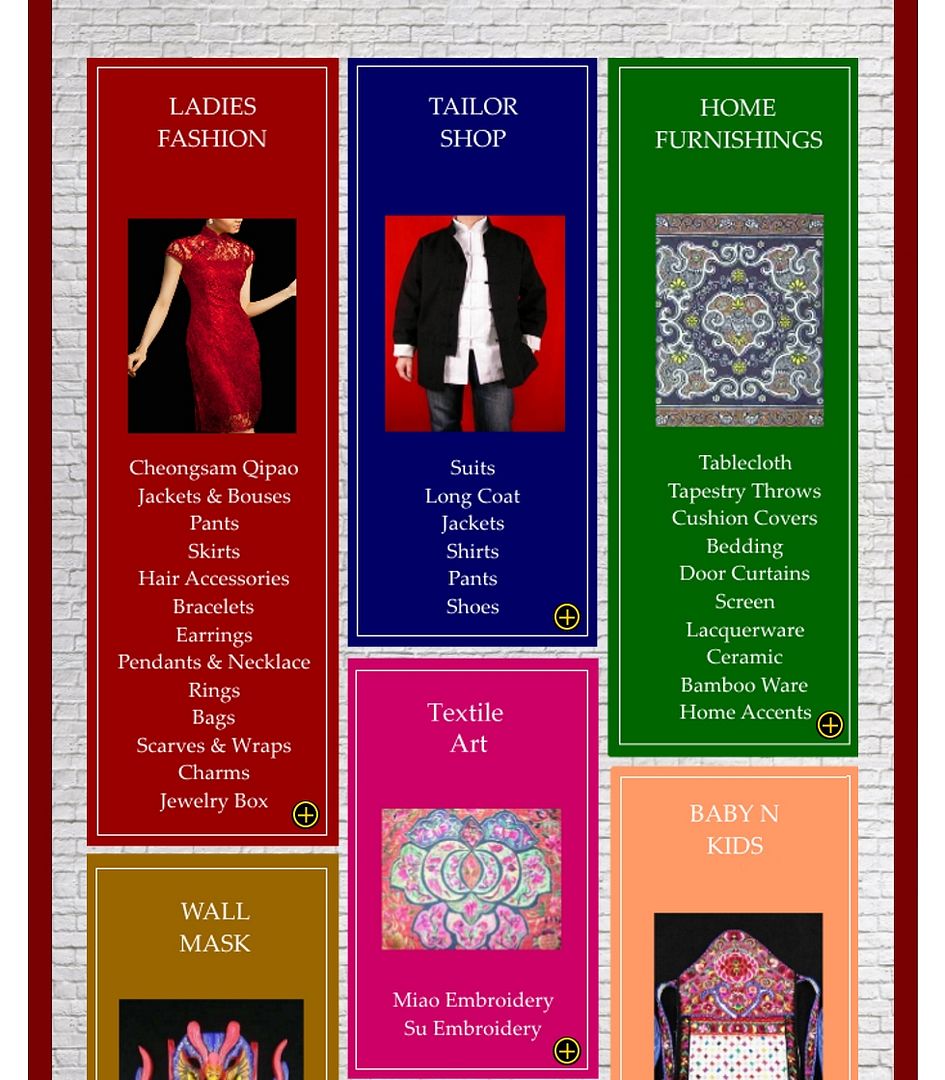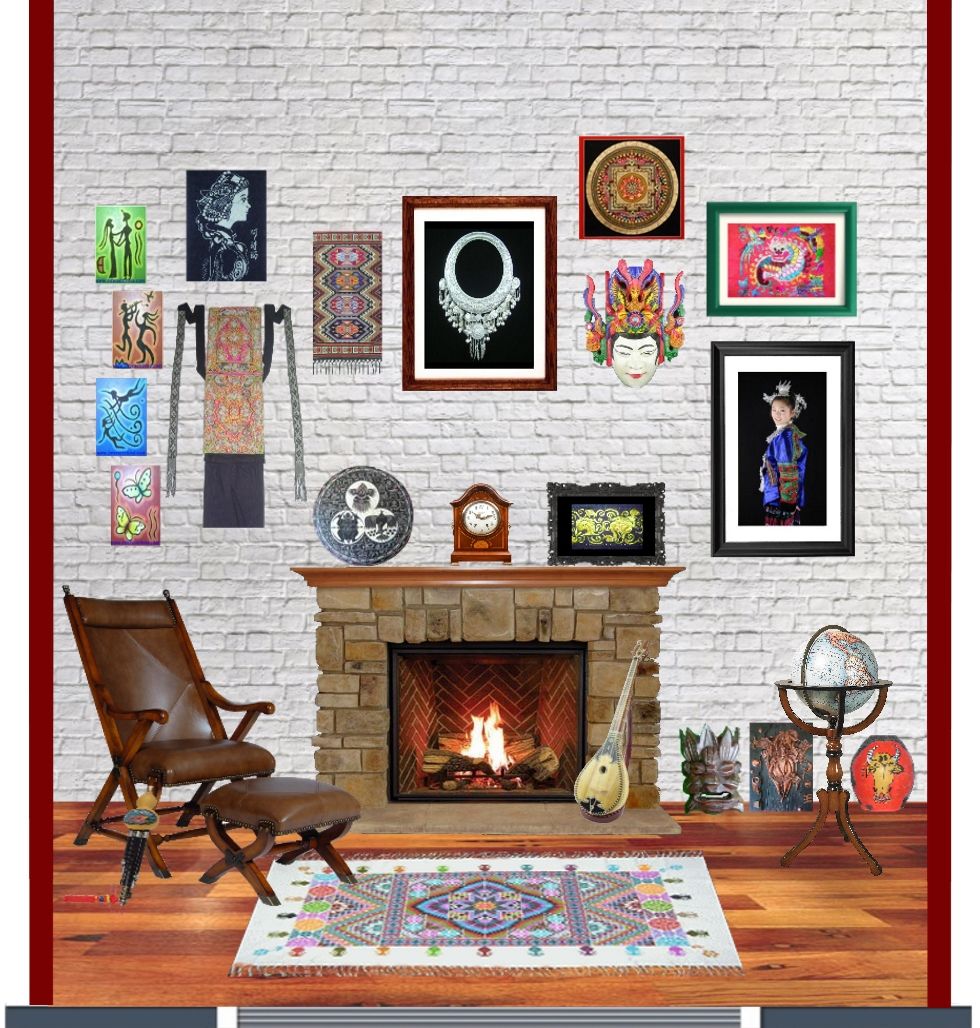The Different Kinds of Shadow Puppets and Silhouettes
9th Jun 2017
Puppets are one of the oldest forms of theater, and shadow puppetry in particular has a rich history in both Asia and the west. Historians trace the origins of shadow puppets to China, at least as far back as the Han Dynastry of around 220 BCE. Unlike three-dimensional puppet figures such as marionettes, shadow puppets appear only as forms on a lit screen. Many world cultures have adopted this art form, with variations both in technique and content.
China and Taiwan
Chinese shadow puppetry is characterized by symbolism conveying information about characters onstage. Red indicates a noble character, green a slightly less august personage, and black means a person of low rank. The Chinese character for longevity marks a puppet character as old. Chinese shadow puppets are multijointed, allowing for a great range of movement.
India and the Hindu Influence
Indian shadow puppets have a single piece for both head and body. Only the hands and feet move, unlike the more flexible Chinese puppets. Shadow puppets have been used for centuries to enact the two Indian epics: the Mahabharata and the Ramayana. Offerings are made before performances to the elephant-headed Hindu God Ganesha, considered the patron of shadow puppet theater.
Southeast Asia
Other Asian cultures were influenced by the Indian rather than the Chinese shadow puppet design. In Thailand, Malaysia and Indonesia, shadow puppet theater traditionally was based on the the two epics of India. More modern influences are changing the content of performances; in Thailand, modern shadow puppetry may even depict cowboys. In Indonesia, stories from Islam and Christianity as well as Hinduism are now performed.
Greece and Turkey
Greek and Turkish shadow puppets have multiple moving parts like the Chinese style. Greek puppet theater has three distinct styles: comic depictions of everyday life, tales of Greek mythology and political tales about the Greek struggle against oppression.
European Silhouettes
While Asian shadow puppetry permits the audience to see the rods that manipulate the puppets, the European style deliberately hides the puppeteer’s tools. European shadow puppets, known as silhouettes, were first used in France in the middle of the 18th century.
by Xiao Xiao @ InteractChina.com
About Interact China
-----------------------------------------------------------------------------------------------------------------------------
"A Social Enterprise in E-commerce Promoting Oriental Aesthetic Worldwide"
Aileen & Norman co-founded Interact China in 2004 with specialization in fine Oriental Aesthetic products handmade by ethnic minorities & Han Chinese. Having direct partnerships with artisans, designers, craft masters and tailors, along with 10 years solid experience in e-commerce via InteractChina.com, we position well to bridge talented artisans in the East with the rest of the world, and bring you direct finely selected products that are of good quality and aesthetic taste.
So far we carry 2000+ goods covering Ladies Fashion, Tailor Shop, Home Furnishings, Babies & Kids, Painting Arts, Textile Arts, Carving Arts, Tribal Jewelry Art, Wall Masks and Musical Instruments. Our team speak English, French, German, Spanish and Italian, and serve customers worldwide with passion and hearts.
-----------------------------------------------------------------------------------------------------------------------------
P.S. We Need People with Similar Passion to Join Our Blogging Team!
If you have passion to write about Oriental Aesthetic in Fashion, Home Decor, Art & Crafts, Culture, Music, Books, and Charity, please contact us at bloggers@interactchina.com, we would love to hear from you!
























